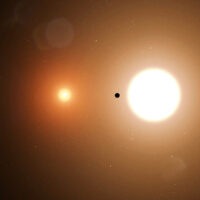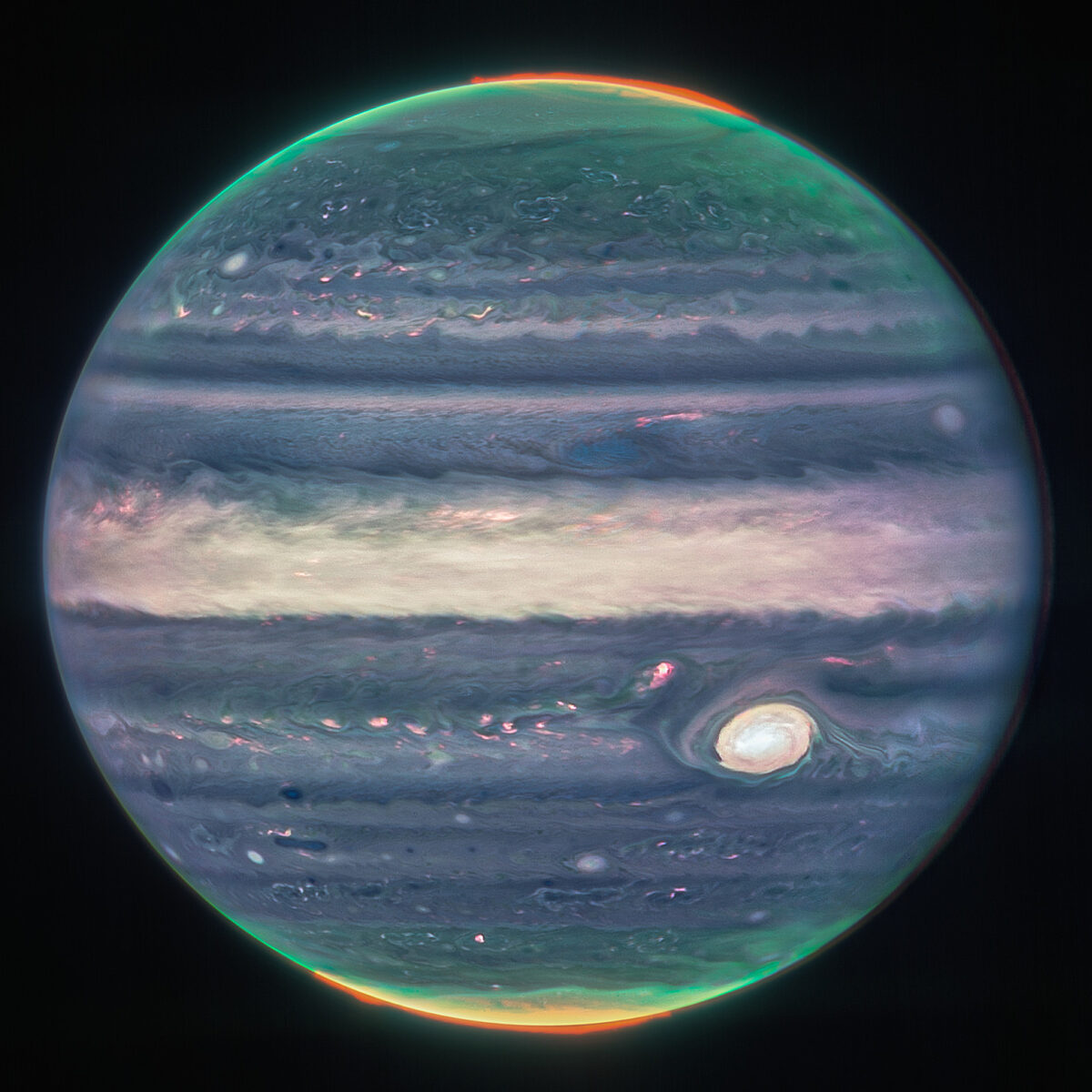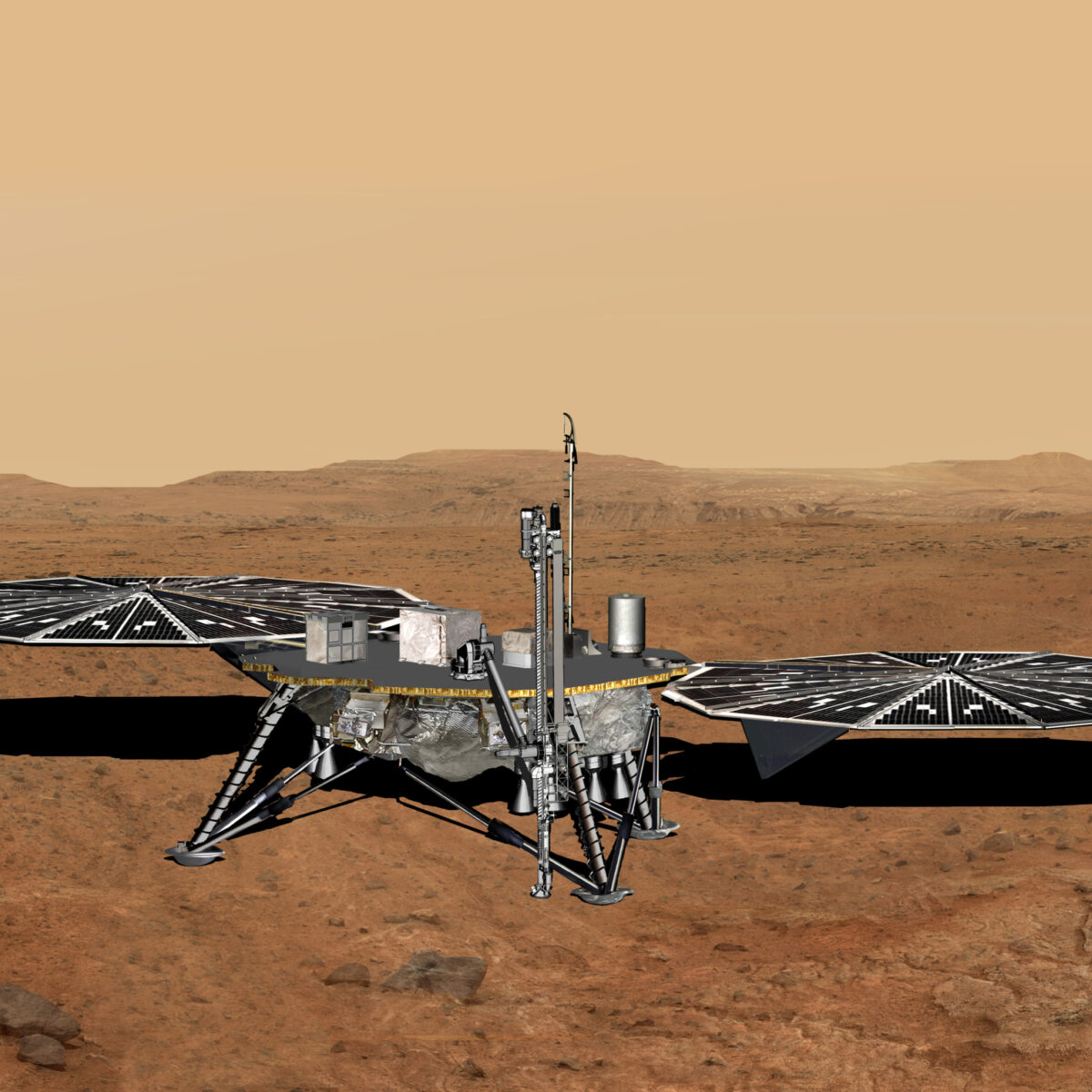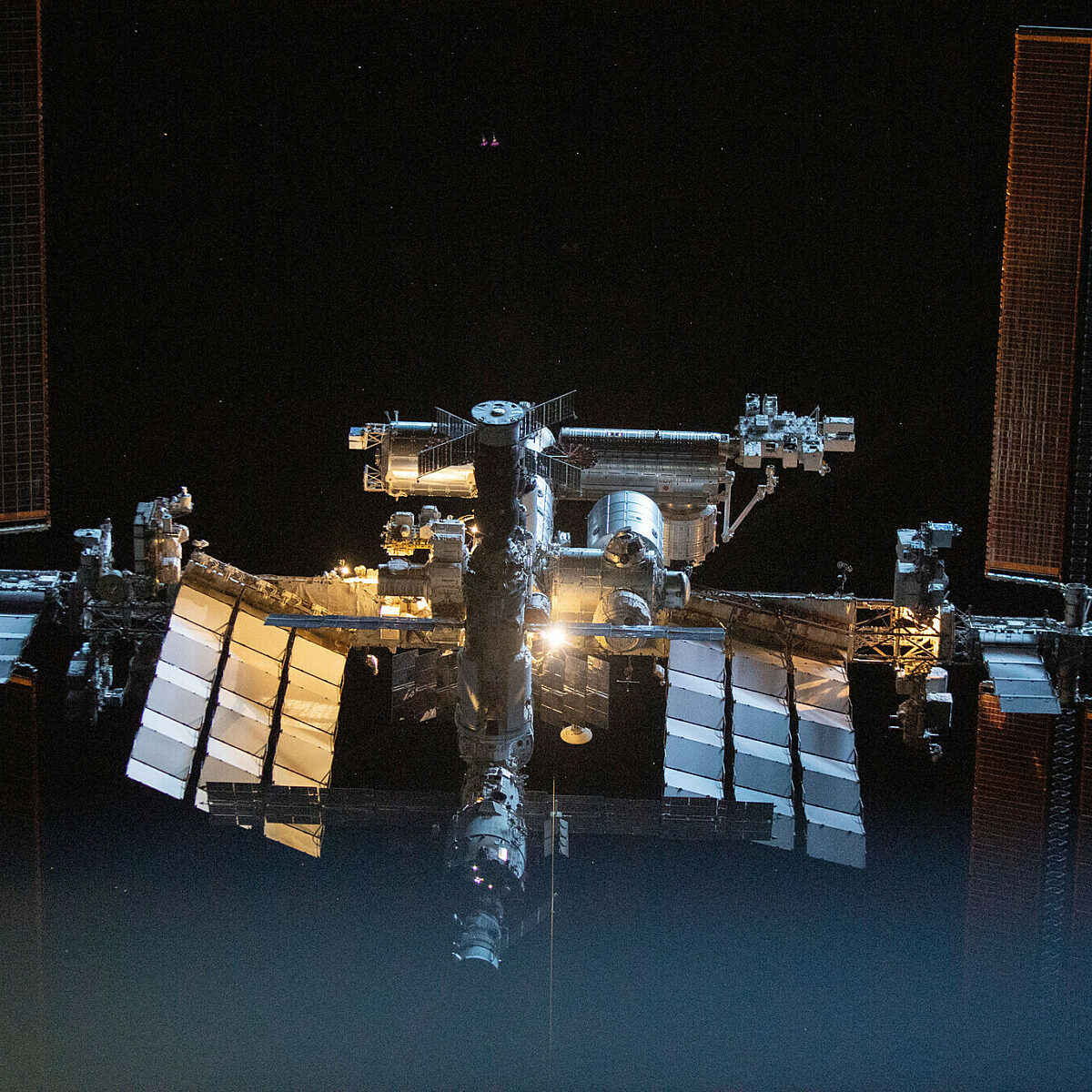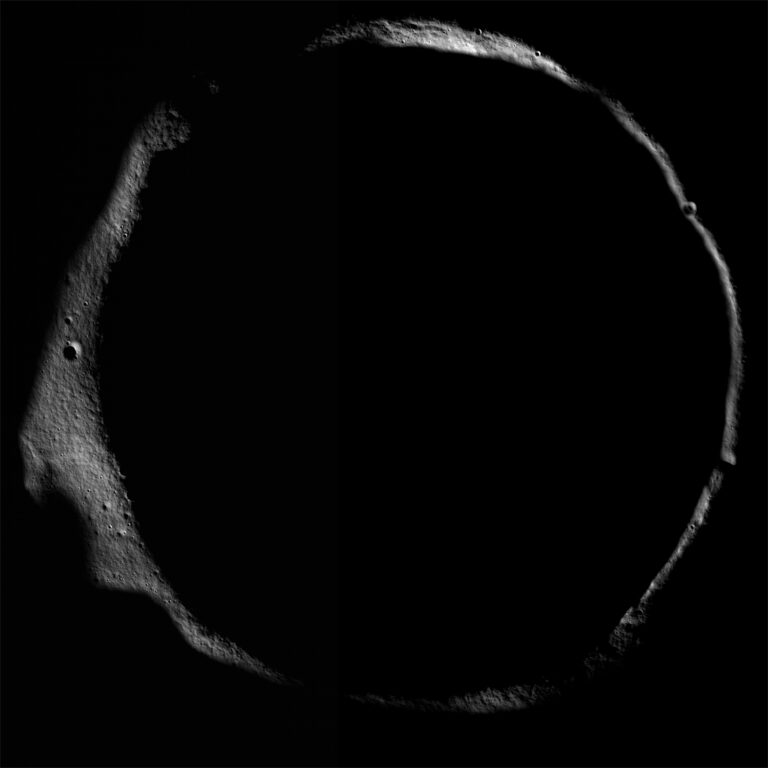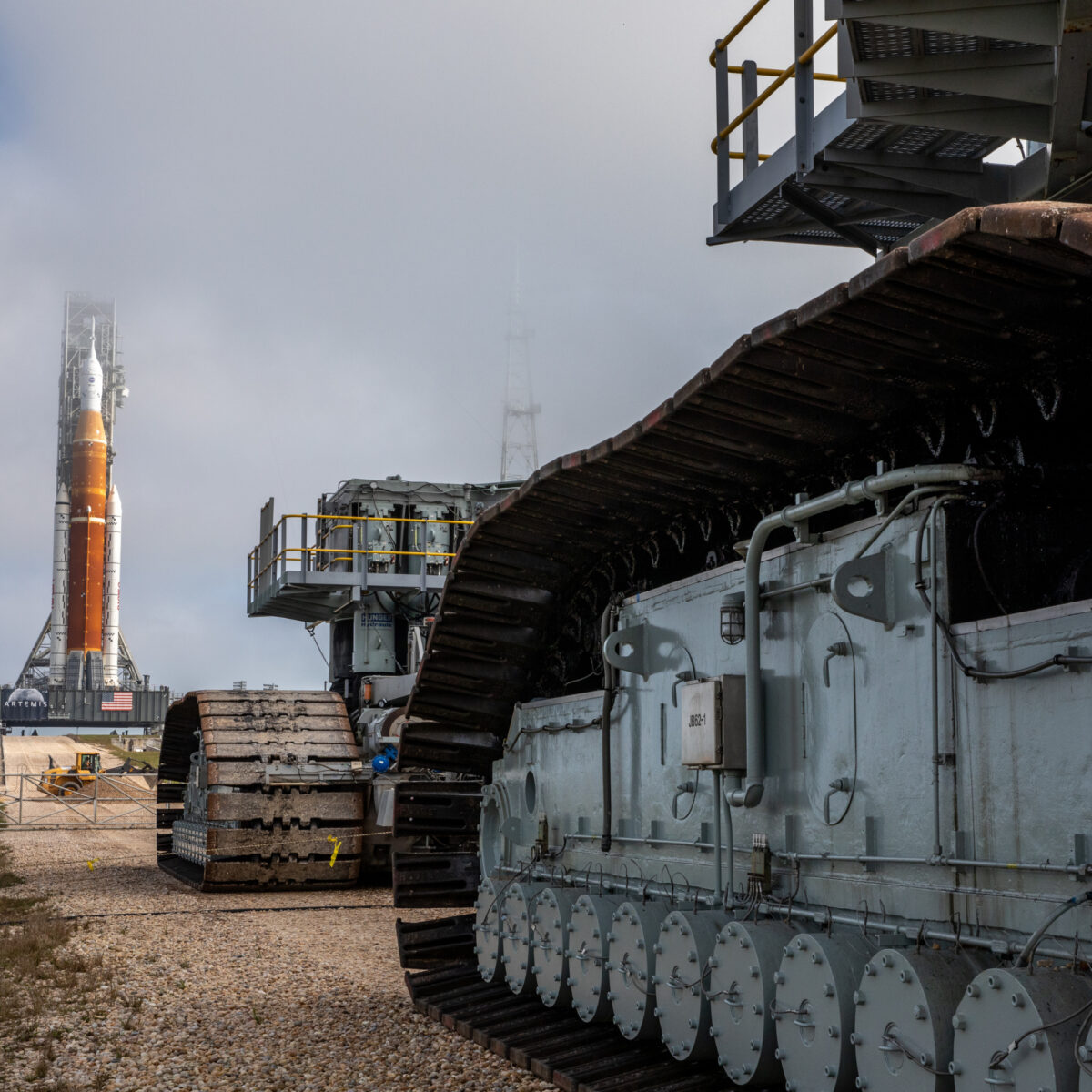All
All
Stories, updates, insights, and original analysis from The Planetary Society.
The Space Advocate Newsletter, September 2022
Clever politicking means nothing if the SLS cannot deliver on its core promise.
What Cassini continues to reveal about Saturn
Saturn continues to surprise as scientists comb through 13 years of Cassini data.
Your impact: September equinox 2022
We’re pleased to report a very active summer back to you.
Patience for Uranus
The road back to Uranus is paved with a complicated mix of science and politics.
A rose by any other name
What’s in a name? (Uranus’ name, specifically.)
Stars in the making
A new solar telescope takes center stage, new stars collect mass, and musicians sonify space imagery.
Space rocks!
Rock stars love space, and who can blame them! Take a look at awesome images, exciting science, and the connection between music and exploration.
Are planets with two stars promising places for life?
A look at the potential for habitable planets in binary systems despite their chaotic births.
It’s a team effort
Robots, scientists, citizens, and artists team up to explore the Cosmos in this week’s Downlink.
Who gets to use JWST and what's it like?
There are only so many hours of telescope time available to unlock the secrets of the Universe.
How NASA will use helicopters to return samples from Mars in 2033
NASA's latest plans for its Mars Sample Return mission will rely on the Perseverance rover and two 'Ingenuity-class' helicopters.
Cloudy with a chance of life
Looking at the myriad possibilities that may exist within the clouds of Venus.
NASA's InSight mission is dying. Next could come the ‘Mars Life Explorer’
If there is Martian life then it could be in ice water under the red planet’s surface. The Mars Life Explorer, included in the most recent Planetary Science and Astrobiology Decadal Survey, would search for this.
Comets: big, beautiful, and surprisingly smelly
Get ready for one of the year’s best meteor showers, caused by one of the many intriguing comets of our Solar System.
The Space Advocate Newsletter, August 2022
The ISS partnership remains stable...for now.
Your Guide to Water on the Moon
Learn when we discovered lunar water, where it is, and how future missions will study it.
Rather remarkable robots
The robotic explorers of our Cosmos are truly impressive, as showcased by several spacecraft this week.
Why we have the SLS
The SLS rests on a secure foundation of political support, a consequence of the U.S. framework of representative democracy and discretionary funding.
Sights beyond the visible
See images your eyes wouldn’t normally be able to see, and learn about what these images can teach you.
Uranus' mysterious moons: why NASA wants to explore Ariel and Miranda
Are the moons of Uranus "relic" ocean worlds like Ceres or active ocean worlds like Enceladus? A proposed flagship mission aims to find out.


 Explore Worlds
Explore Worlds Find Life
Find Life Defend Earth
Defend Earth


 Sun
Sun Mercury
Mercury Venus
Venus Earth
Earth Mars
Mars Jupiter
Jupiter Saturn
Saturn Uranus
Uranus Neptune
Neptune Small Bodies
Small Bodies






